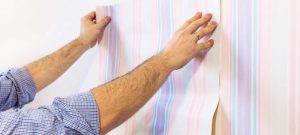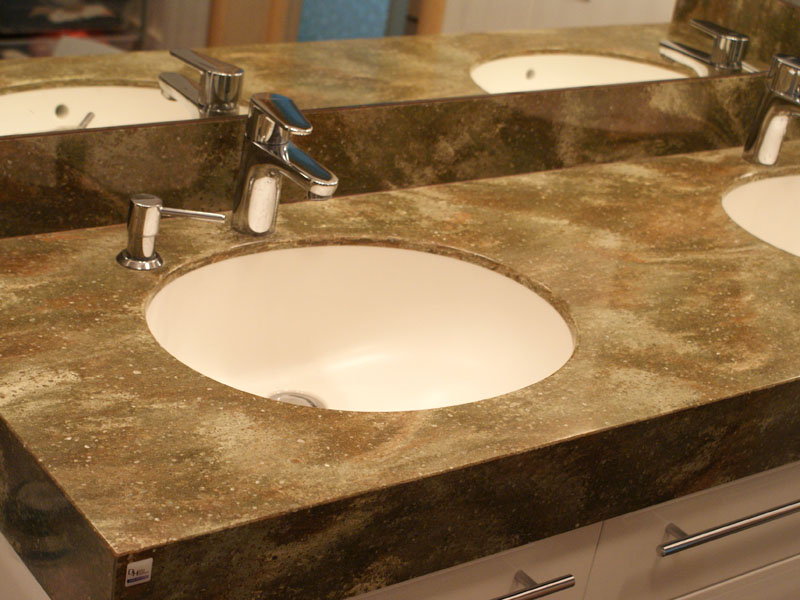 Wallpapers are one of the most popular types of wallcoverings. A wide range, presented on the modern market of finishing materials, allows you to choose the option for decorating expensive interiors, and for the design of budget rooms. In the process of choosing the right solution, many consumers are guided only by external characteristics and do not pay attention to other important parameters. In this article we have collected a lot of useful information about the various types of wallpaper and their features.
Wallpapers are one of the most popular types of wallcoverings. A wide range, presented on the modern market of finishing materials, allows you to choose the option for decorating expensive interiors, and for the design of budget rooms. In the process of choosing the right solution, many consumers are guided only by external characteristics and do not pay attention to other important parameters. In this article we have collected a lot of useful information about the various types of wallpaper and their features.
Paper
Paper wallpapers are most common. They are made of paper and can be single-layer (simplex) or double-layer (duplex). Most often, materials of this type have a smooth surface, but some manufacturers also produce models with relief.
Sticking paper wallpaper
The advantages of paper wallpaper are environmental friendliness and ease of pasting walls. Among their shortcomings are the lack of resistance to moisture, the possibility of burnout patterns in the sun, absorption of odors, the rapid appearance of bright spots and a short period of use. The quality of such finishing materials depends on the density.
Flizelinovye
For the manufacture of non-woven wallpaper applied paper with the addition of special fabric fibers. When applied to the base of foamed vinyl, they can be used for painting. The most secure models are those without a vinyl layer that have a higher cost.
Non-woven wallpaper has many advantages. They are perfectly breathable, do not swell when wet, do not shrink after drying, allow you to hide small cracks on the wall surface and are durable. For glueing it is enough to cover only the wall.
Roll of non-woven wallpaper
Vinyl
As a basis for the manufacture of vinyl wallpaper used paper or interlining. The surface of the material can be smooth, embossed or decorated using screen printing technology. In the assortment of many manufacturers there are models for painting, which can be repainted in different colors up to 10 times.
Vinyl wallpapers have the following advantages:
Moisture resistant, allowing you to use them in the kitchen and in other rooms with high levels of humidity.
Preservation of color at hit on a surface of direct sunshine.
The ability to hide minor irregularities of the walls in the case of embossed patterns.
The disadvantage of the material is airtightness, so it is not recommended to use for the design of a bedroom or a nursery.
Glass fiber
Glass fiber is often used to decorate offices and apartments in new buildings that shrink. Glass fiber is used for their manufacture, which is distinguished by environmental friendliness and high tensile strength. The process of production of the material is carried out by weaving. Unlike glass wool, such wallpapers do not prick when touched. At the final stage of pasting walls, it is recommended to paint them with water based or latex paint.
Glazing the walls
Natural
For the manufacture of luxury types of wallpaper using natural materials. The top layer can be made of cork, straw, bamboo, veneer, algae, reed or jute. As the basis is used flizelin or paper.
Natural wallpaper is very warm to the touch, so that they make the room more comfortable. To protect against dust, the surface is covered with special impregnations. Despite all the advantages, this material also has several disadvantages:
The difficulty of the gluing process.
Visible joints between the individual canvases.
The possibility of losing color under the influence of the sun.
The high price, which is the reason for using such materials only for highlighting the accents and zoning of the room.
For removal of dust from natural wall-paper the brush with long pile or the vacuum cleaner can be applied. Wet cleaning is not allowed, due to the presence of water-based paint that is not able to maintain color when wet.
Liquid
Liquid wallpaper have the appearance of a dry powder that requires prior dilution in water. Their main component, acting as an adhesive, is cellulose. The material can also include natural dyes, glitter and decorative fibers.
Liquid wallpaper
Among the advantages of liquid wallpaper is the ability to align the walls, which significantly reduces the finishing time. In addition, they do not attract dust and have antistatic properties. Due to its high gyroscopicity, this material is not recommended for use in wet areas.


 Wallpapers are one of the most popular types of wallcoverings. A wide range, presented on the modern market of finishing materials, allows you to choose the option for decorating expensive interiors, and for the design of budget rooms. In the process of choosing the right solution, many consumers are guided only by external characteristics and do not pay attention to other important parameters. In this article we have collected a lot of useful information about the various types of wallpaper and their features.
Wallpapers are one of the most popular types of wallcoverings. A wide range, presented on the modern market of finishing materials, allows you to choose the option for decorating expensive interiors, and for the design of budget rooms. In the process of choosing the right solution, many consumers are guided only by external characteristics and do not pay attention to other important parameters. In this article we have collected a lot of useful information about the various types of wallpaper and their features.
